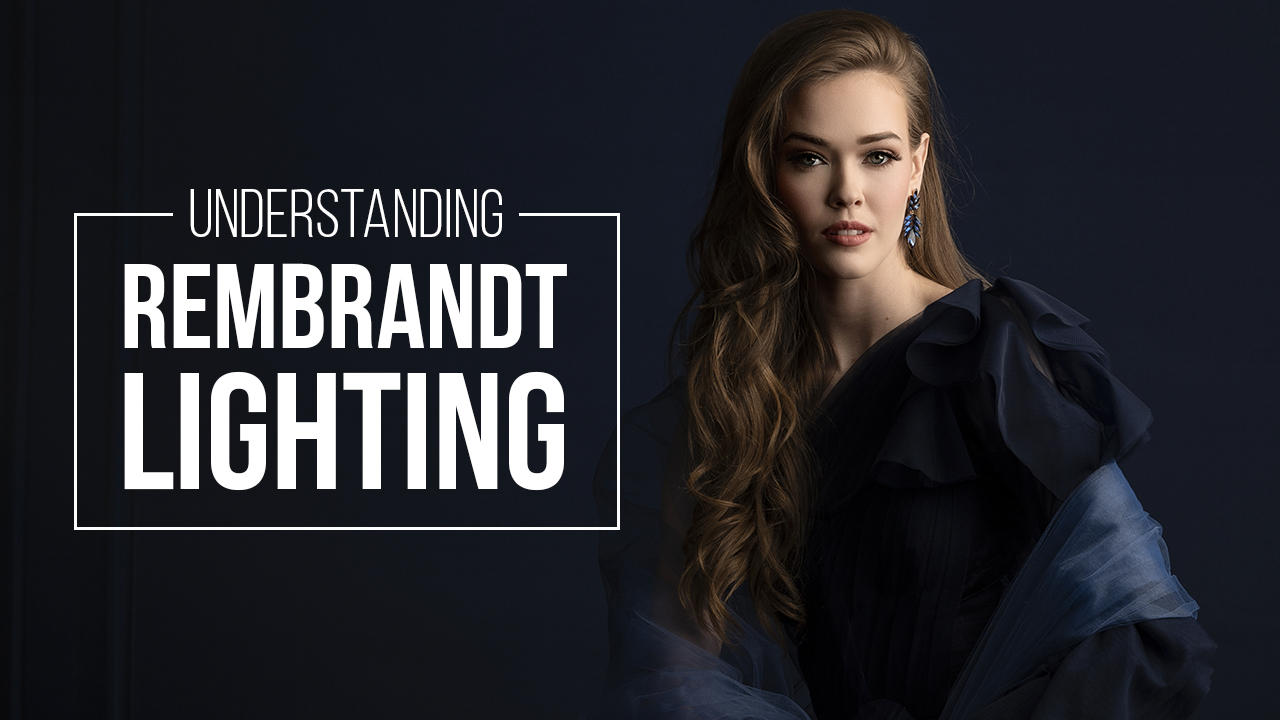Explaining Your Brand as a Story: 4 Strategies for Clarifying Your Brand Message with Phillip Blume
Most photographers struggle to earn a living doing what they love. As business coaches, my wife and I guide them to build profitable, purposeful brands so they can enjoy financial freedom and meaningful lives.
One of the most important tools we equip business owners with, whether they’re just starting out or growing their studios, is clarity.
Imagine this: clarity in your marketing and throughout the experience you provide clients, and clarity of vision among your employees. We entrepreneurs talk a lot about the importance of brand clarity, but the definition of this common phrase remains ironically unclear. If that is true for you, your businesses may struggle to stand out in the marketplace and eventually fail.
But there’s good news. Allow me to guide you through some practical strategies that will help you clarify your brand message to increase your bookings and sales.
Make Your Client the Hero
In his book StoryBrand, Donald Miller identifies a fascinating similarity great companies share. In a nutshell, they all communicate like classic storytellers.
In other words, smart advertisers follow the same predictable storytelling formula Hollywood screenwriters use to churn out blockbusters, the same recipe humans have perfected around campfires over thousands of years.
Miller’s key ingredients of a great story require a hero, a conflict, a guide, a plan, a turning point and a happy ending. It may sound familiar, like something you wish you’d paid attention to in high school English class. As a former high school English teacher who has used this strategy to build successful brands, I assure you it works.
Here’s how to put it into action.
First, remember your client, not you, must always be the hero in your brand messaging. This works because it grabs your listener’s attention, holds it tight and makes him identify with your story’s main character.
Don’t ramble on about yourself. That’s not the story your client wants to hear. As Donald Miller puts it, every person sees herself as the protagonist in her own story. We all wake up in the morning thinking of ourselves as the hero of our story. And in every great story, the hero has a challenge to overcome.
That’s where you come in—not as the hero, but as the guide who can help the hero along in her quest. In the business world, you’ve probably heard this role described as the “trusted adviser.” You are Yoda and your client is Luke Skywalker. You are Mr. Miyagi and your client is Daniel-san.
Be a Humble Adviser
Many of us feel lost about what to write on our About page. So we focus the story on ourselves. We describe the day we got our first camera, how we fell in love with freezing moments in time, how passionate we are about our job. We describe our unique style and we list our awards and the publications we’ve appeared in.
Try this instead. Write about something your client is interested in: herself. Show that you understand her conflict, recalling the frustration you also felt during your search for a reliable wedding photographer. Explain the wisdom you gained that qualifies you as an adviser, whether your experience was positive or negative. Offer a clear plan she can follow to test her choice, whether it’s a “Top 10 Qualities of a Photographer” list or an easy path to a consultation. Call her to take action on the turning point by making it exceedingly easy to contact you. Describe the happy ending that will result if she takes action.
From consultation to final sale, being a trusted adviser is crucial. If you don’t want to be sales-y but would like to see your business double (or triple) through print sales, simply prove yourself trustworthy. Researchers have said trust is the number-one qualifier that determines sales. So just be honest—build a trust bank.
During an in-person sales meeting, we had a mother of the bride wavering over spending $500 on a set of 8×10 prints. We didn’t try to push her into the sale. Instead we advised her, “You’re welcome to place that order. But did you know you can already print 8x10s from your daughter’s set of digital negatives? You’re welcome to use those for free. If you choose to invest anything with us, we’d love to help you prepare and display a large heirloom piece for your family.” She was so grateful, her $500 budget suddenly became $2,000 for a canvas.
Sure, honesty might cost a short-term sale. But stay honest. It pays off in the end. This client left more satisfied after saving $500 on small prints.
Simplify Your Menu
Have you ever had a fantastic consultation with a seemingly ideal client, then never heard from them again? Or a sales session where the client obviously wanted to purchase something, but after an hour of considering the options, left with nothing?
Why does this happen? It’s nothing personal. It’s biology.
The human brain is designed for survival. It’s big and it burns through a ton of calories when it’s solving problems. Yet its primary biological function is to preserve those calories at all costs.
We tend to think “the more options, the better.” But when you put too many options in front of your client, it leads to consumer retreat. Whether it’s a complex create-your-own wedding package system or too many à la carte products offered after your portrait shoot, the client’s brain reaches a point where it shuts down its purchase-making region and walks away.
One solution is KISS: “Keep it stupid simple.” Ideal wedding packages include exactly three options—no more, no less. Every package should look identical to the others, except that the quantity, size or quality of items should increase. Your top package might include more coverage hours and a larger wedding book. If you set it up right (simply), most clients will choose your middle package.
In the sales room, you (the adviser) can help guide your client (the hero) to preserve her happy memories (the happy ending) by offering just three or four nearly identical packages (the plan). The plan tells her clearly what action (turning point) she must take. Luke Skywalker didn’t discover how to destroy the Death Star on his own—the plans told him where to plant that lucky shot.
For the past 10 years, our product menu has stayed mostly the same: print enlargements, canvases and coffee table books. We don’t offer every size our lab can create, just a few that we keep visible samples of in the studio. That provides all-important clarity.
The Elevator Pitch
There’s a lot more to learn about growing your brand as a story. How can you identify and talk about the deeper conflicts your clients feel—their real unspoken problems that you, their adviser, can provide a solution for? How do create a clear brand message that matches your photographic style?
These are challenges every business faces, and we hope you’ll connect with us so we can keep you working toward more clarity in your business. In the meantime, one tool I can provide to you quickly is the elevator pitch. How do you answer a person who asks, “So what do you do?” or, “What makes you different?”
I hope the answer isn’t merely, “Well, I take pictures,” or, “We like to think our quality is better than the next guy offering to take your pictures.” You need a pitch that, like a good story, grabs their attention and confirms you have a plan about where you’re leading them as a potential client.
Maybe you didn’t realize it, but you’ve already read the elevator pitch for our photographer education brand. It was the very first paragraph of this article. And if you’ve read this far, I guess it did its job of capturing your attention.
Reread the first two sentences in this article. Do they have the ingredients of a good story? Your elevator pitch needs to be simple and straightforward, not flowery or poetic. It should simply explain what you have to offer.
Here’s how to create your own elevator pitch. Part one: Identify your client’s conflict. Part two: Describe exactly what you offer as an adviser (your product or service). Part three: Remind your hero about the outcome (happy ending) that your product leads to.
Conclusion
It may take you an hour to write and refine a good elevator pitch. It may take a lot longer to decide what the larger mission of your studio should be. For us, it is strengthening our couples’ marriages and saving lives through personal projects. For others, it might be building women’s confidence or simply providing a status symbol.
After all is said and done, come through for your client. If you want to find lasting happiness and purpose in your business, you must stay focused on your larger mission. This is your story, and it’s bigger than the products you offer.




